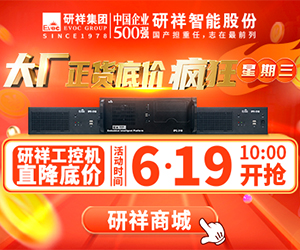For those grounded in wired networks, untangling Wireless-related issues for plant-floor applications can be as intimidating as reworking networked I/O connections without documentation. If you haven’t jumped into wireless communications yet on the plant floor, or even if you have, here are some questions and answers to help clear the air about wireless. For more, also see the control Engineering Wireless Implementation GuideCONTROL ENGINEERING China版权所有, online.
Providing answers are:
Bob Gardner, Banner Engineering,
Jim Toepper, Moxa Americas product managerCONTROL ENGINEERING China版权所有, connectivity group, industrial wireless group;
Robert Jackson, National Instruments senior product marketing managerCONTROL ENGINEERING China版权所有, wireless; and
Paul Brooks, business development managerCONTROL ENGINEERING China版权所有, networks portfolio, and Cliff Whitehead控制工程网版权所有, managerCONTROL ENGINEERING China版权所有, strategic applications, Rockwell Automation.

Automated guided vehicles are among many plant floor wireless applications, Banner Engineering says.
Q: Is wireless networking ready for prime-time factory applications?
Gardner: Yes! My garage door has been wireless for more than 20 years控制工程网版权所有, not to mention the WiFi connection built into my laptop. To implement wireless in plant environments, factories require reliable deterministic signals with a known output condition if an error were to occur. Wireless communication of I/O and serial data is the next step for plants that want to optimize resources and ensure all assets are performing at peak capabilities.
Jackson: Wireless is ready for a more central role as an add-on system to the existing wired infrastructure. This ability to combine wired and wireless measurements will allow end users to preserve investments and use wireless technology in applications where it makes sense.
Q. What are some common uses for wireless networks in a factory?
Brooks and Whitehead: Today’s wireless deployments generally occur in applications where wired networks present challenges, making wireless increasingly simple and cost-effecti


 在线会议
在线会议 论坛
论坛 专题
专题 工控直播
工控直播 新闻中心
新闻中心 子站
子站 技术
技术 社区
社区



 IDEC HR8S系列新一代安全继电器有奖试用活动
IDEC HR8S系列新一代安全继电器有奖试用活动 2025(第二十一届)年度最佳产品奖有奖投票中
2025(第二十一届)年度最佳产品奖有奖投票中 AVEVA剑维软件食品饮料行业白皮书有奖下载
AVEVA剑维软件食品饮料行业白皮书有奖下载 立即有奖下载TE重载连接器选型指南
立即有奖下载TE重载连接器选型指南 2025(第十四届)全球自动化和制造主题峰会
2025(第十四届)全球自动化和制造主题峰会.jpg)





























